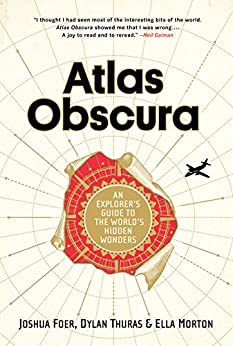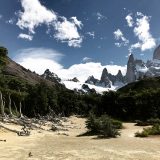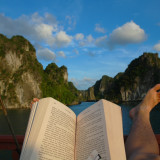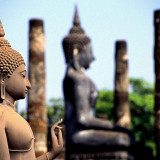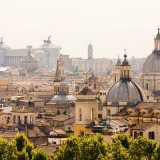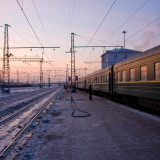48 Hours In: Lucerne, Switzerland
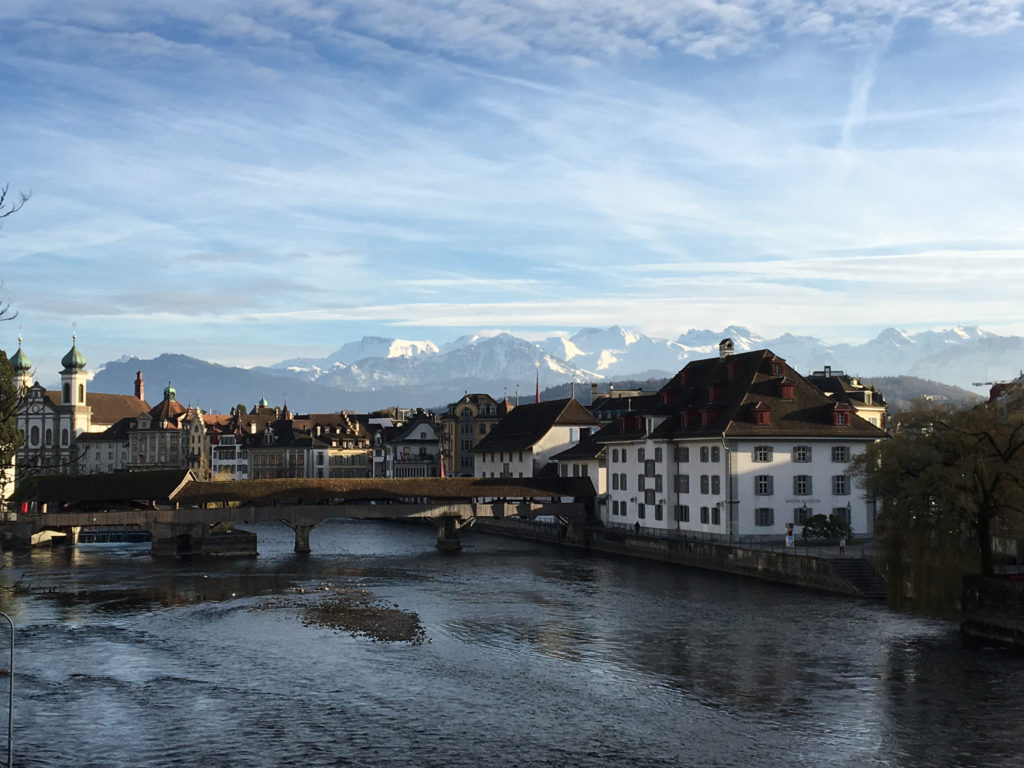
Lucerne, Switzerland. Credit: Victoria Boyd.
Like most cities in Switzerland, Lucerne can – quite accurately, yet inadequately – be described by all the hackneyed adjectives travel writers seek to avoid: quaint, charming, picturesque and scenic. One could write pages upon pages detailing the historic city and its surrounding landscape. But the fact remains, Lucerne and the nearby Alps are quintessentially “Swiss” and can only truly be understood by witnessing them in person. We share our travel guide to ensure you experience much of what the region has to offer in just 48 hours.
Day 1: Explore the Old Town
Once you’ve ditched your luggage at your accommodation, it’s time to explore the romantic city of Lucerne. First, head to the Reuss river, which weaves through the centre of the Old Town. Here you’ll find one of Switzerland’s most iconic landmarks, Kapellbrücke, or Chapel Bridge. Named after the neighbouring St. Peter’s Chapel, Kapellbrücke is a wooden footbridge that cuts diagonally across the river. It is the oldest covered wooden bridge in Europe and the oldest surviving truss bridge in the world. The bridge contains a number of richly coloured 17th century paintings so don’t forget to glance up as you cross.
Churches and cathedrals (or any sacred site for that matter) offer an invaluable glimpse of a city’s past. Lucerne’s cathedrals showcase the city’s long history of art, architecture, and religion. St. Peter’s Chapel dates back to the 12th century and the Church of St. Leodegar dates back to the 8th century. Immersed in silence, these churches provide a tranquil place to pause from the hustle and bustle of sightseeing and contemplate life’s deeper meanings.
Lucerne’s historic centre boasts many well-known shops and quaint boutiques. After browsing the carefully designed displays, be sure to stop at the chocolatier swuiss Läderach (what would a trip to Switzerland be without chocolate?) You’ll be welcomed by the scent of schokolade, an endless array truffles, and foot-long slabs of chocolate bark. The shopkeepers will help find exactly which sweet treats will satisfy your chocolate craving.
The afternoon is the perfect time to visit one of Lucerne’s many museums. Glacier Garden is an open-air museum that features glacial potholes dating back to the Ice Age. Here you can learn about the region’s geological and historical past while exploring a heritage protected, traditional Chalet-style Schweizerhaus.
Music lovers can visit the former residence of the great composer Richard Wagner (1813-1883) to learn about his powerful music and complex personal life. The museum is just a short walk outside the city in an area called Tribschen. The museum houses Wagner’s Erard grand piano and many family photographs, personal letters, musical scores and valuable artwork. The sound of Wagner’s music guides you through his home, making it easy to imagine him perched in front of his piano gazing out the windows at Lake Lucerne and the imposing Alps.
As the day comes to a close, head to Lucerne’s former city walls. In the warmer months, visitors can climb four of the wall’s towers to watch the sun fall behind the northern border of the Alps. The Zyt tower contains the oldest city clock, built by Hans Luter in 1535, which chimes every hour one minute before all other city clocks.
48 hours in Lucerne would not be complete without at least one traditional Swiss meal. Since Lucerne is in German-speaking Switzerland, you may have a hard time finding French-Swiss specialties like Fondue or Raclette. However, German-Swiss cuisine offers hearty meals that combine rich flavours and fresh, local ingredients. Dining out is notoriously expensive in the city, but Wirtshaus Taube and Wilden Mann offer reasonably priced traditional plates in cozy historical buildings.
Day 2: Journey into the Swiss Alps
Thanks to Switzerland’s stellar public transportation system, there are countless locations in the Alps that can be reached by train in under an hour. Two mountains, Pilatus (2119 metres) and Rigi (1798 metres), sit at opposite borders of Lucerne and offer spectacular views of the city, Lake Lucerne, and the Swiss Alps.
The base of both mountains can be reached by train or ferry. From there, each mountain has its own cogwheel train that shuttles visitors to the summit. Step off one or two stops early to climb up to the top; you’ll be rewarded with characteristic views of the Swiss Alps the whole way. From the top of Pilatus, you can take a cable car or gondola back down. From the top of Rigi, take the cogwheel down to Vitznau, but step off at Grubisbalm. You’ll find yourself on a narrow path through a magical fairytale-like forest. Once in Vitznau, a tour boat will bring you back to Lucerne. Along the way, you’ll pass by villages stacked on the sloping shores of the lake and obtain a new perspective of the same rugged mountains you saw from the top of Rigi.
If you’d like to head deeper into the Alps, Engelberg is the perfect day trip destination. Just 45 minutes outside the city, Engelberg is a world famous ski resort. Here you’ll find a historic mountain town nestled in a valley edged first by sloping green pastures, then by towering pine forests, and finally by rugged snowcapped peaks. From the village, visitors can take the gondola and then a revolving aerial cable car up to Mount Titlis (3238 metres). Up there, walk across the Titlis Cliff Walk suspension bridge to see the Titlis glacier. Next, visit the Glacier Grotto, a 150-metre-long walkway 20 metres below the surface of the glacier. Engelberg offers many seasonal activities: skiing, snowboarding, snowshoeing and tubing in the winter; hiking, kayaking, and climbing in the summer.
Travel tips
- For a longer stay: If you’re staying more than 48 hours and you’d like to spend at least two days in the surrounding mountains, purchase a Tell-pass for two to 10 days. Compared with buying individual train tickets, the Tell-pass will surely save you both time and money.
- Consider location: If you’re planning multiple excursions outside the city, search for a hotel, hostel or Airbnb near the train station to cut travel time. If that isn’t possible, the Tell-pass does include unlimited use of Lucerne’s transportation system.
- Choose the right season: The Swiss Alps have plenty to offer, but be sure to visit during the season that suits your interests.
- On a budget: While Switzerland is known for being costly, grocery stores are not much more expensive than in North America or nearby European countries. Book an accommodation with a kitchen to cut costs.
- Carry your passport at all times: Switzerland is not part of the European Union so passport controls often occur on the streets and on the train (non-EU citizens should carry their passport with them in all European countries).
- Use Swiss resources: Visit the Tourist Information Centre at the train station. The helpful guides will offer brochure after brochure of information, attractions, and transportation for the city and surrounding mountains.
- Don’t forget your camera!
Have you visited Lucerne? What would you add to our itinerary?
Latest posts by Victoria Boyd (see all)
- Norway Untouched: A Journey into the Fjords - January 23, 2018
- Three Days, Three Cities: Belgium’s Brussels, Ghent and Bruges - December 12, 2017
- 5 Tips for Taking Better Travel Photos - November 14, 2017




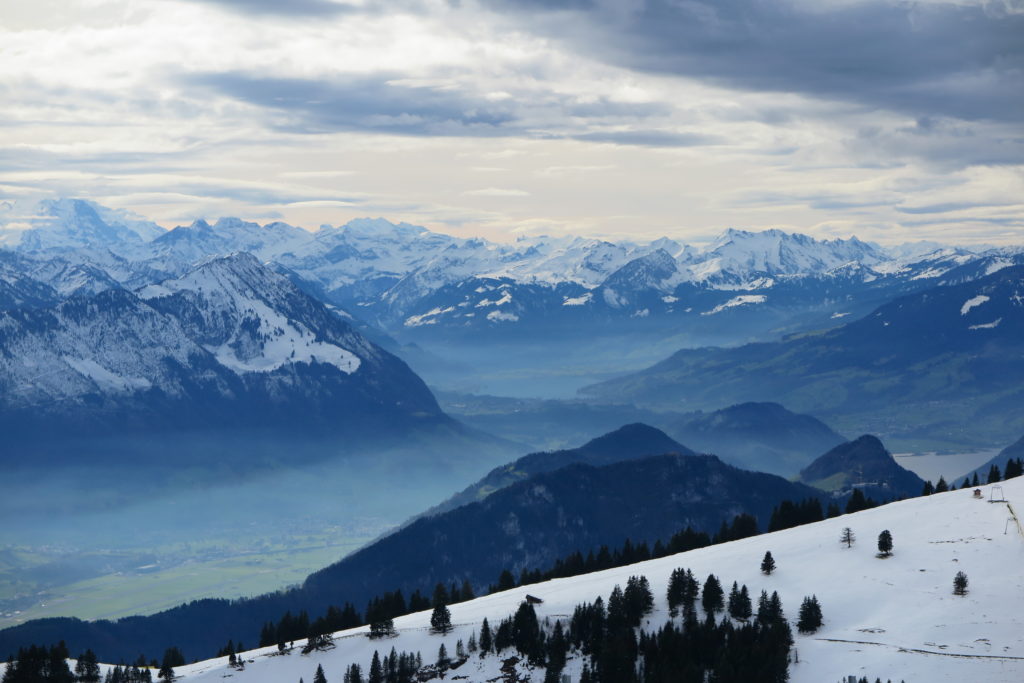
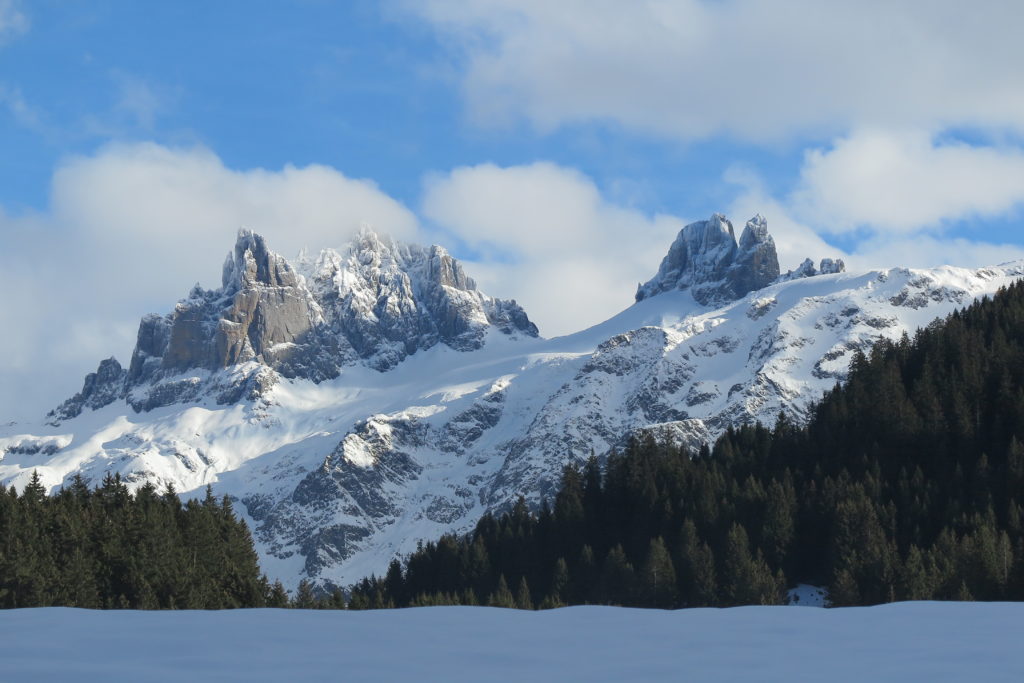

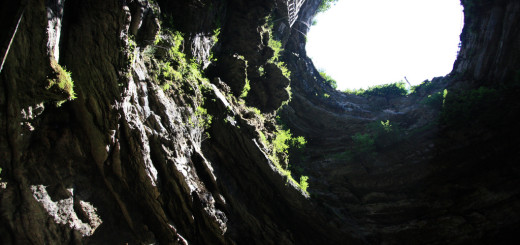

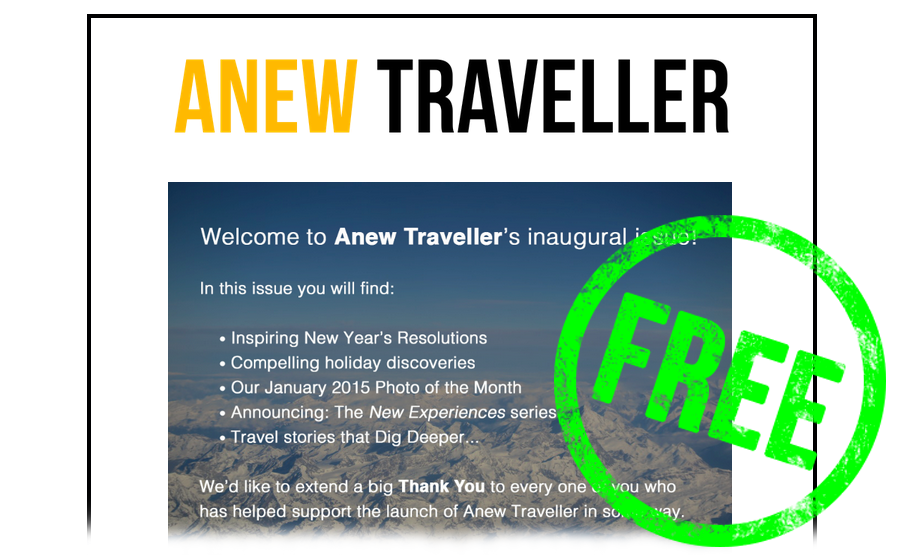

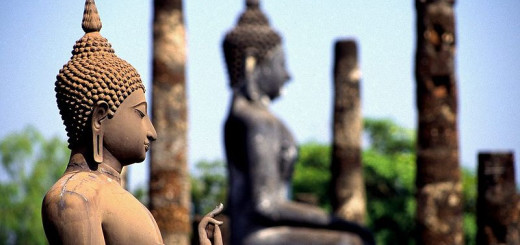
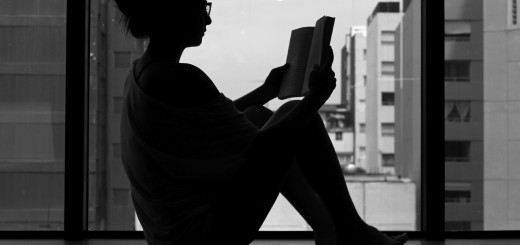
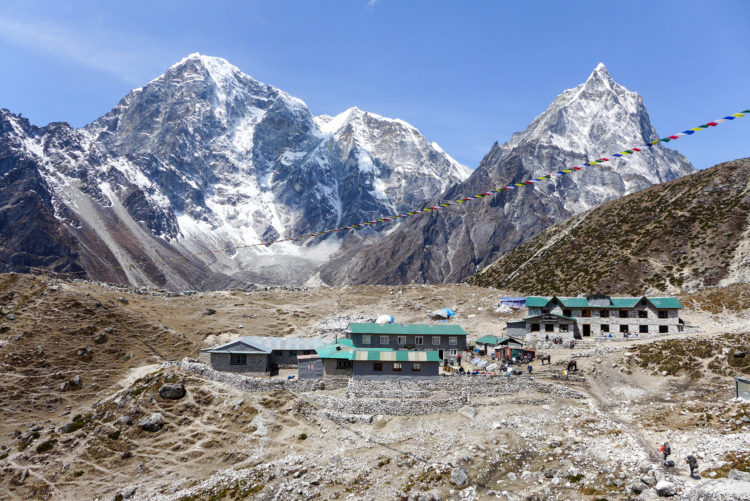 Almost all the tea houses in
Almost all the tea houses in 
